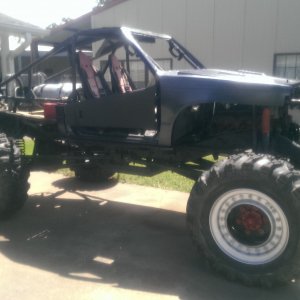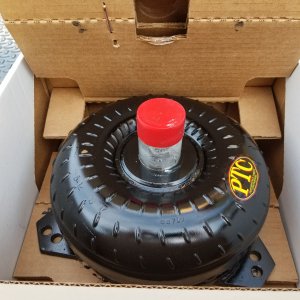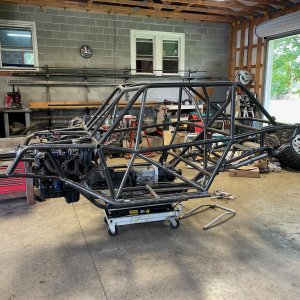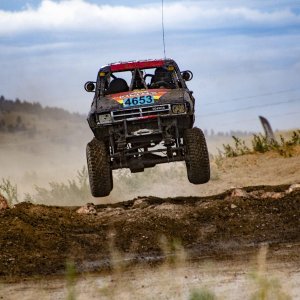Dear joshwho?;
OK, I just took the time to check the video:
http://www.youtube.com/user/ExtremeTurboSystems?blend=2&ob=1#p/u/7/UeejadAYKBA
and I must inform you that they were racing to the 1/8 mile, and NOT the 1/4 mile! So yeah, the car busted into the upper 9s in the 1/8 with a top speed of 142 MPH, which is pretty goshdarned slow! In fact, I'd be too embarrassed to show at a strip with something like that. If that Evo were in fact turning turning out 765 ponies, it would would literally LAUNCHED itself from the line like a cannon ball. In fact, it'd be unstoppable. It'd need a chute to slow itself down after a run.
Like I said previously, I was busting out 9s in the 1/8 with an OLD TECH 409 big block. To tell you just how old, GMC stopped building the 409 in 1965! Plus, my 55 Chevy prolly weighed twice or even times what that POS Evo weighs.
Ya see, it's not how fast a car can go, it's how fast it gets there. That's what counts. If a car can't get off of the line, it can't win. I don't care how fast it can go, if it's a dog at the line, it's a loser. I'd trade 20 MPH off of the top end just to gain another 1/10 sec off of my 60' times. That 1/10 of a second gain translates into better than two car lengths at the other end of the strip.
The key to street racing is not about horsepower, it's all about torque. Top end horsepower numbers mean squat when you're street racing. It's all about getting the best torque possible and getting it at the lowest RPMs possible.
Horsepower sells car, whereas torque wins races. This is ALWAYS true in acceleration contests.
In fact, IIRC my last BB Chevy could crank out 672 horsepower, but I didn't even concern myself with that stoopid number, because in truth it's nothing but a stoopid number. It's a number for idiots who don't have the first clue what it takes to build a quick car. notice I wrote QUICK car and not a FAST car. There is a HUGE difference between quick and fast.
No, the horsepower numbers didn't mean diddly squat to me. It was 654 ft. lbs. of torque that caught and held my attention.
And now, let's look at the Mitsubishi Evo from a different light for a second.
The guy claims it is making 675 HP. OK, since we know the weight of a stock Evo is around 3,000 lbs. and we also know the calculated HP of the engine is 675 HP, we can therefore calculate the ride's top 1/8 and 1/4 ETs within about 1/5 of a second either way. The ride should be running:
6.19 in the 1/8 @ 111.6 MPH
9.65 in the 1/4 @ 139.5 MPH
In reality, the car ran a 9.94 ET in the 1/8 at 142 MPH. In the 1/4, it's calculated finish would be in the high 13s. Therefore, don't believe everything that people tell you. I've been racing for a day or two and after a while I can start to spot BS when I see it.
Your friend;
LAMAR









